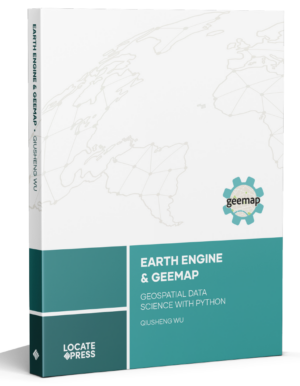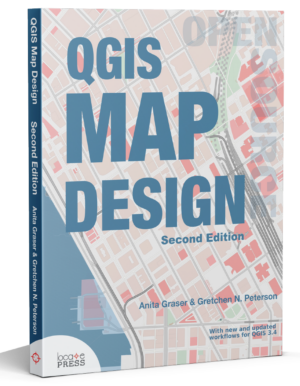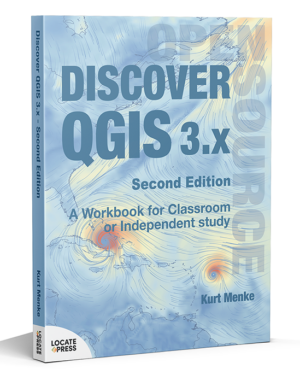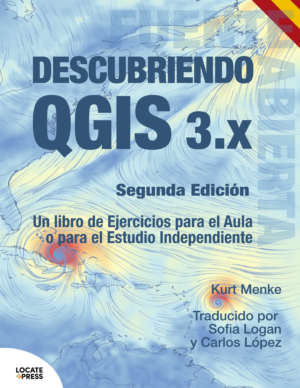Description
Open Source Geographic Information System
by Scott Madry Ph.D.
Get started with QGIS with this introduction covering everything needed to get you going using free and open source GIS software.
This QGIS tutorial, based on the 3.16 LTR version, introduces you to major concepts and techniques to get you started with viewing data, analysis, and creating maps and reports.
With this book you’ll learn about:
- The QGIS interface
- Creating, analyzing, and editing vector data
- Working with raster (image) data
- Using plugins
- The QGIS Processing Toolbox
- Georeferencing
- Creating map and reports
- Resources for further help and study
The book includes a link to all the data you’ll need to follow along with each chapter.
Contents
- What is QGIS?
- The QGIS User Interface
- Creating and Editing New Vector Files in QGIS
- Finding GIS Data Online
- Vector Data Import and Export
- Vector Data Processing and Analysis
- QGIS Plugins
- Raster Data and Analysis
- The Processing Toolbox, Modeler, and Python Console
- 3D QGIS
- Georeferencing in QGIS
- Creating Maps and Reports
- GIS and the Chef
- Useful QGIS Websites
To keep up to date on this and our other books, subscribe to our low-volume newsletter.

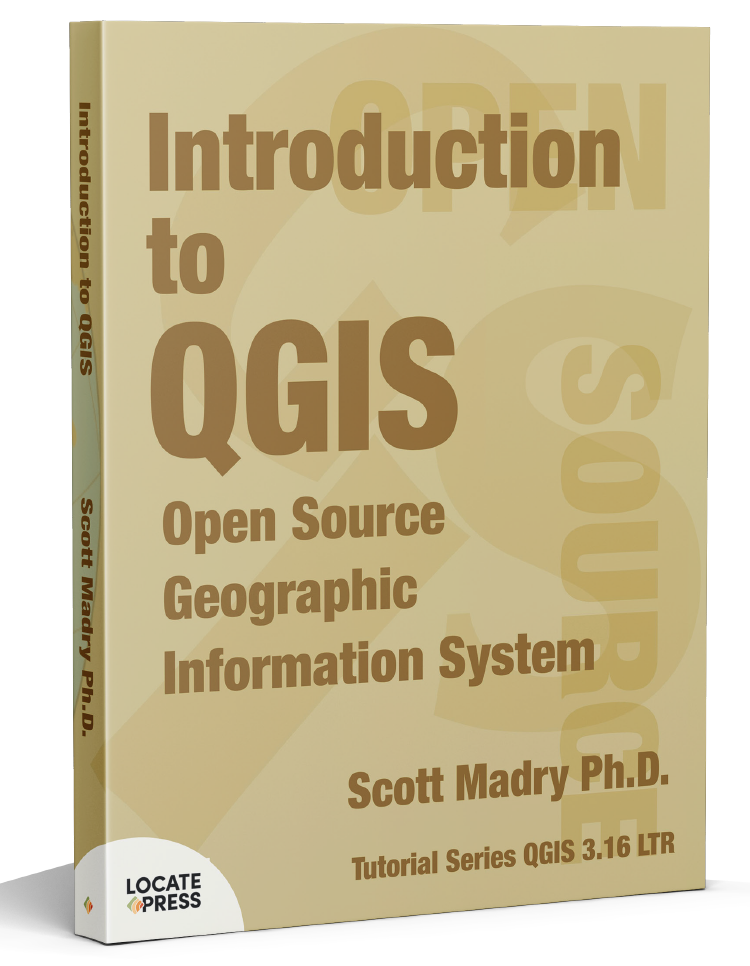
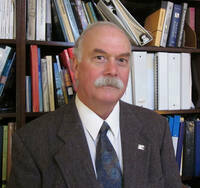 Â
 